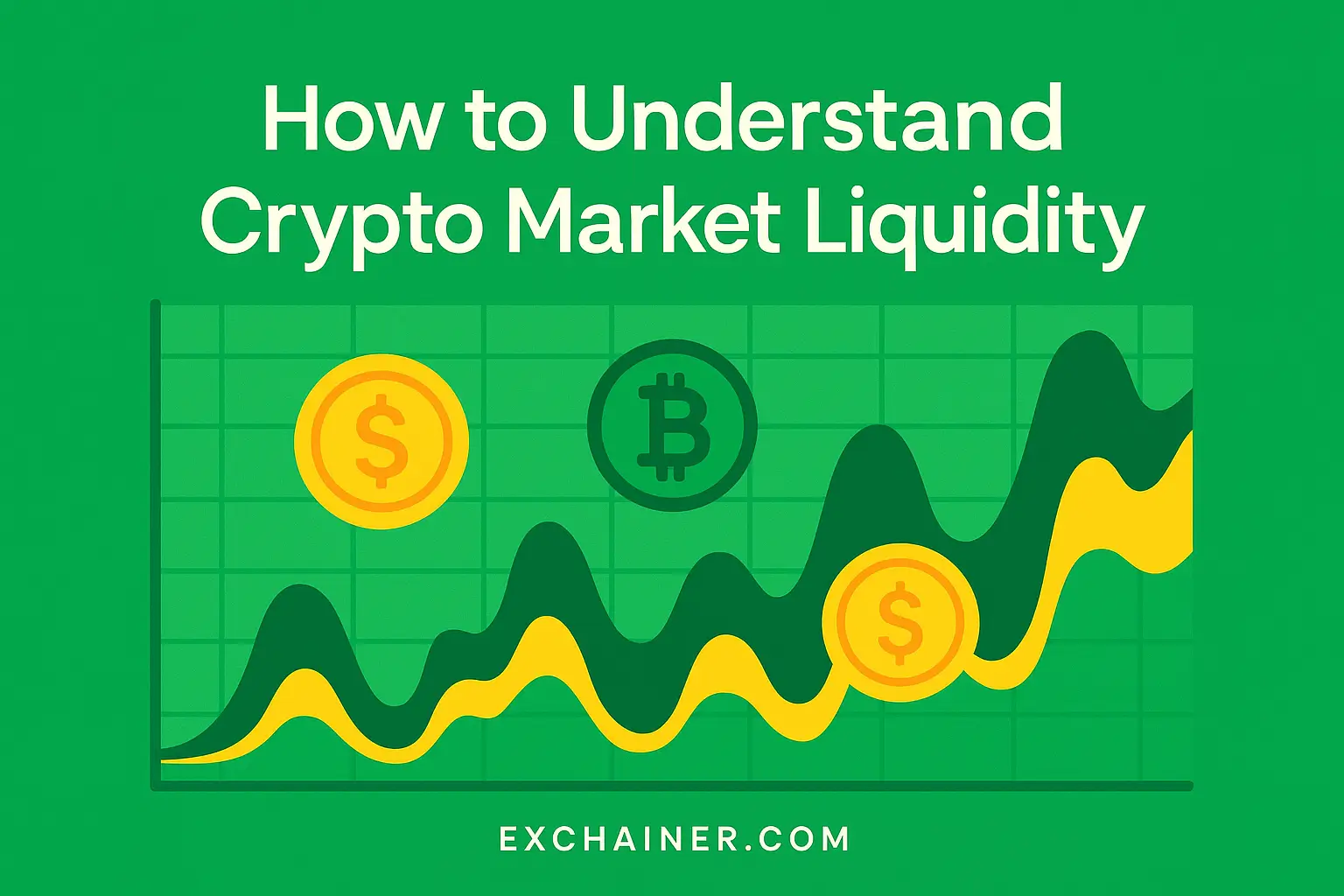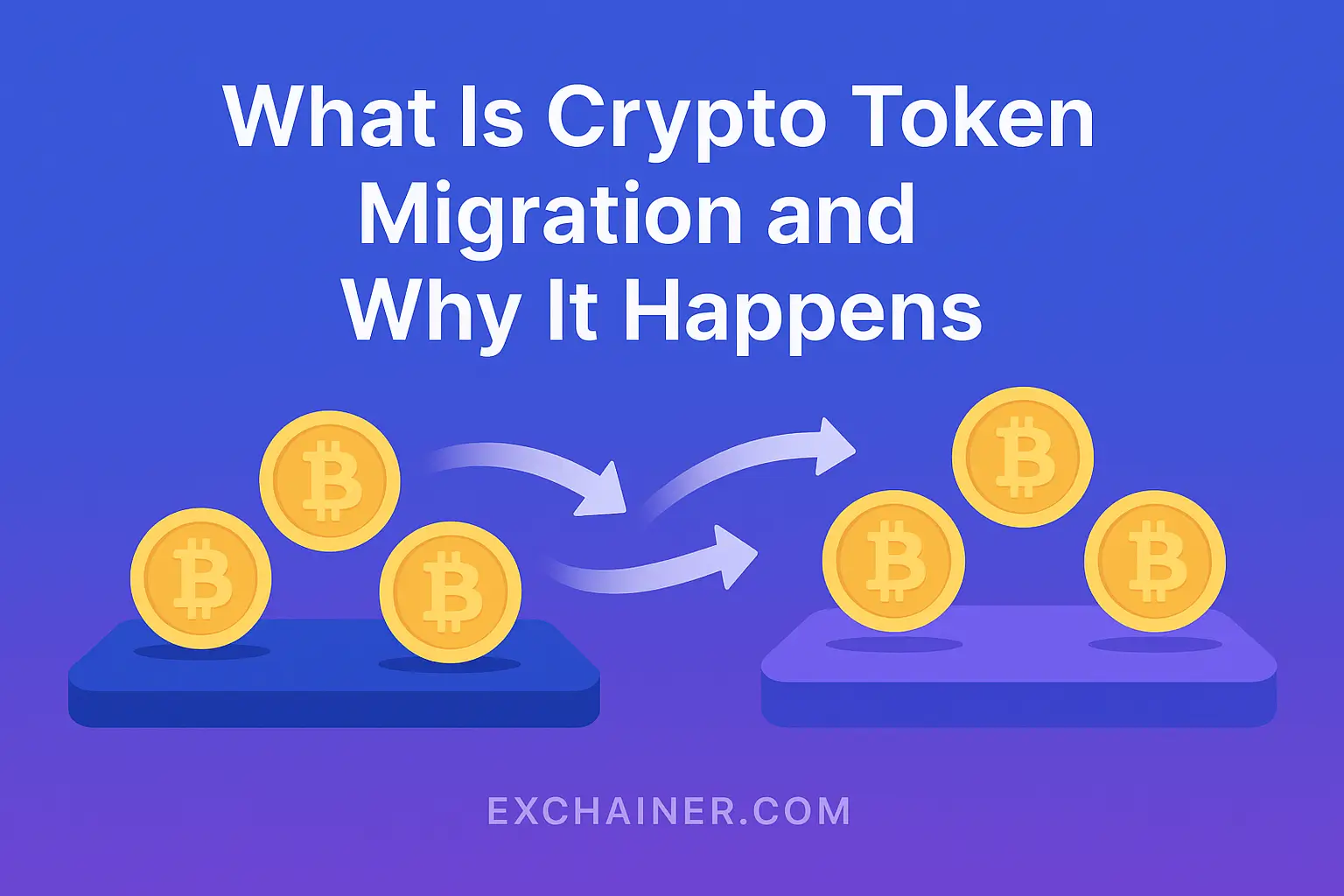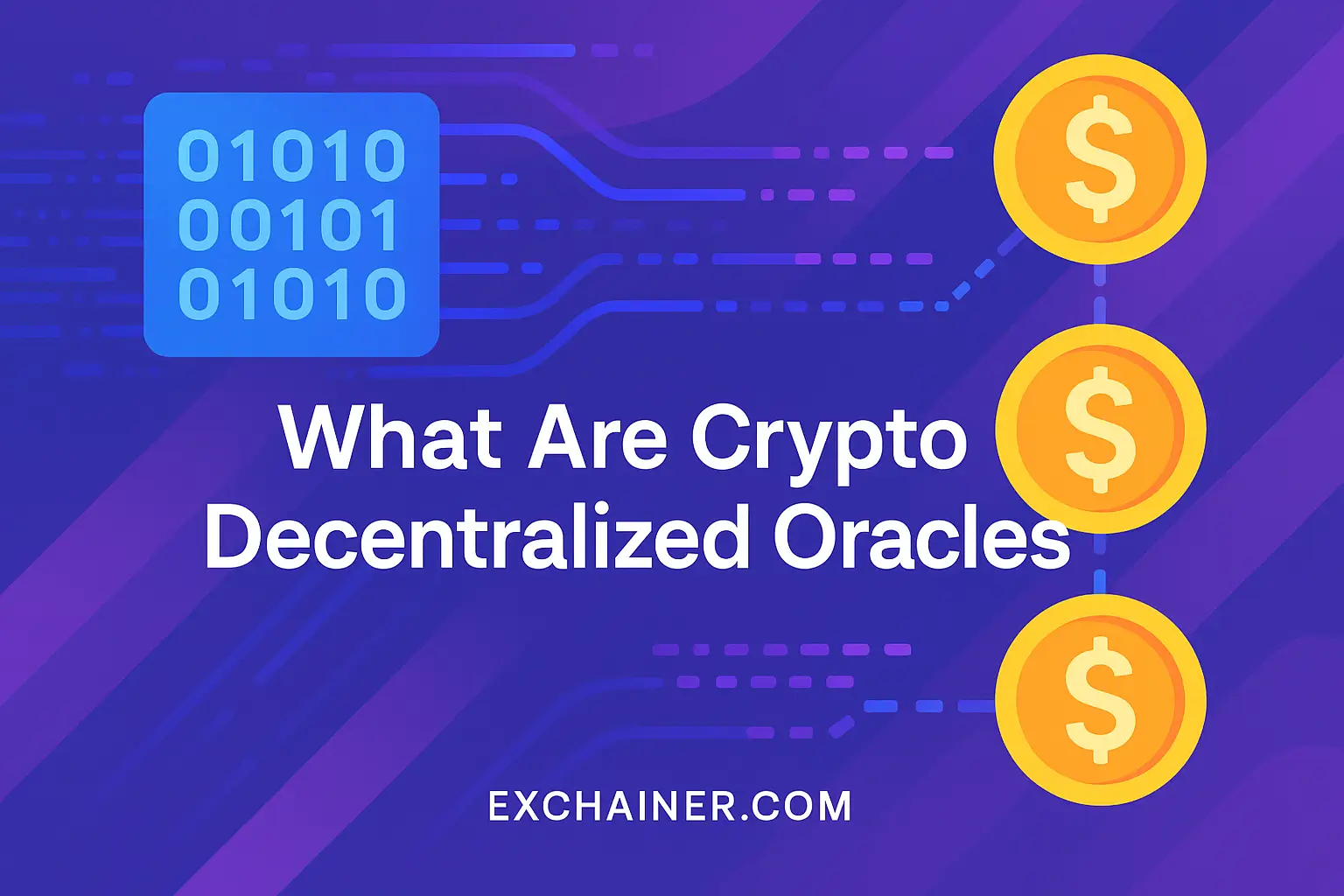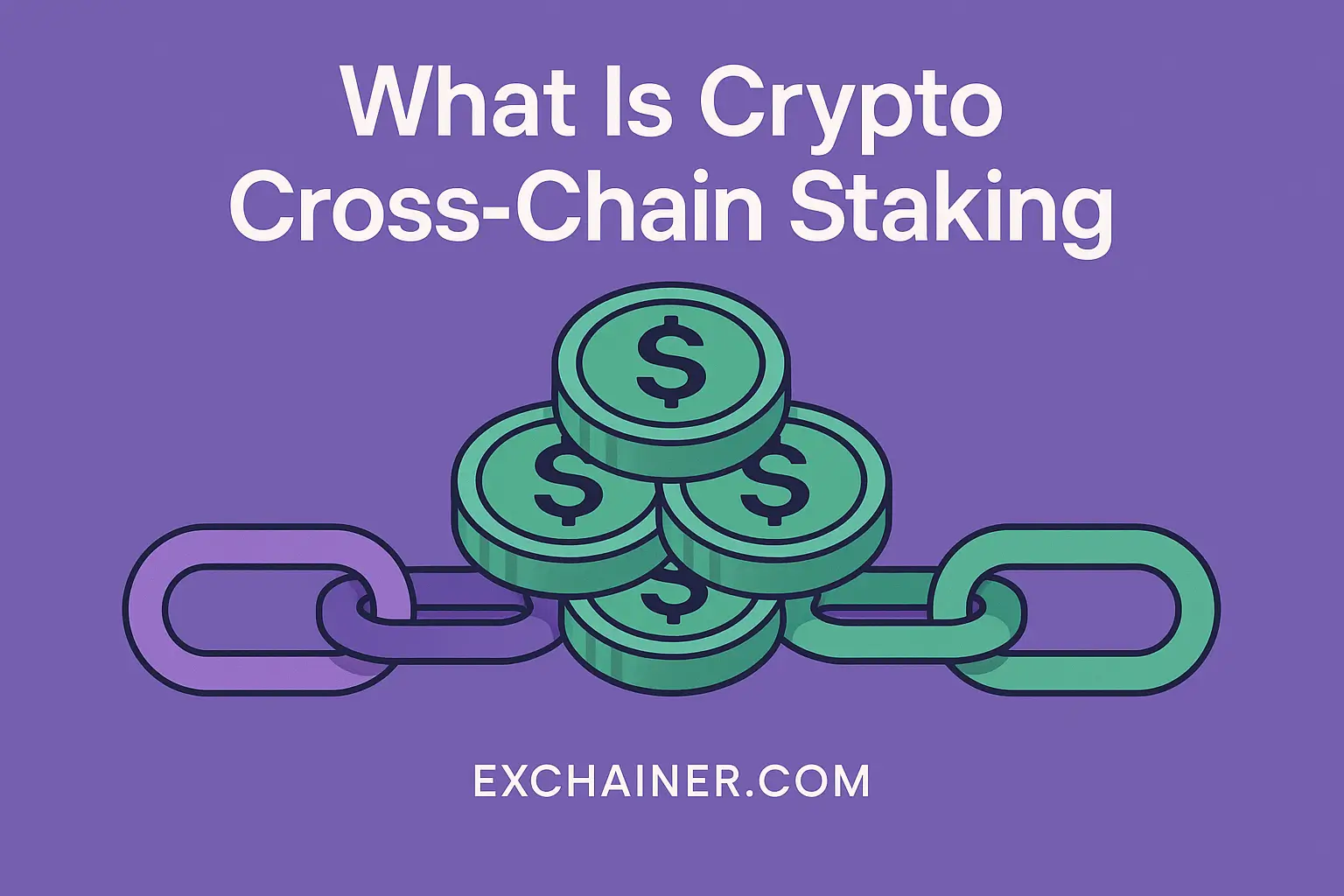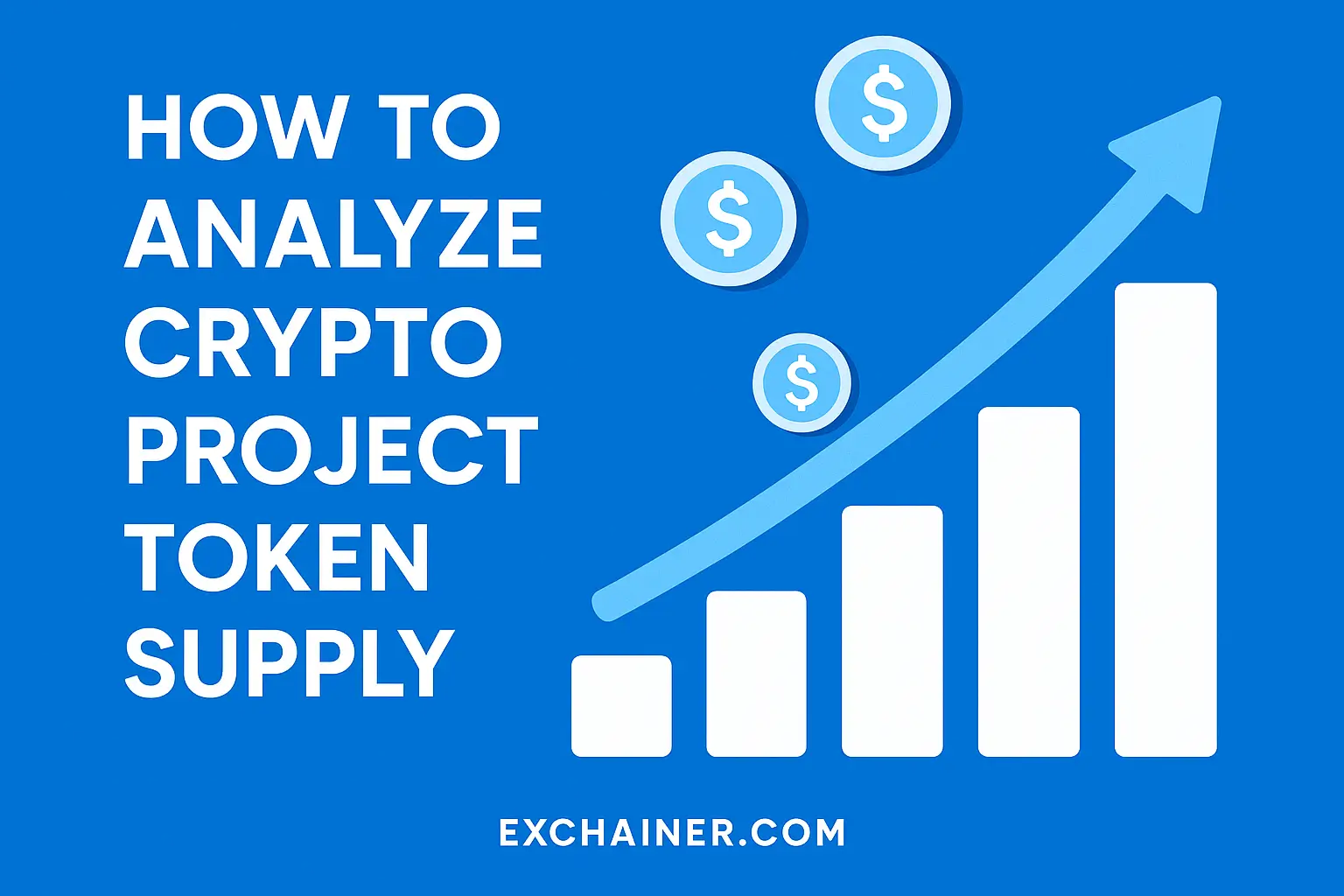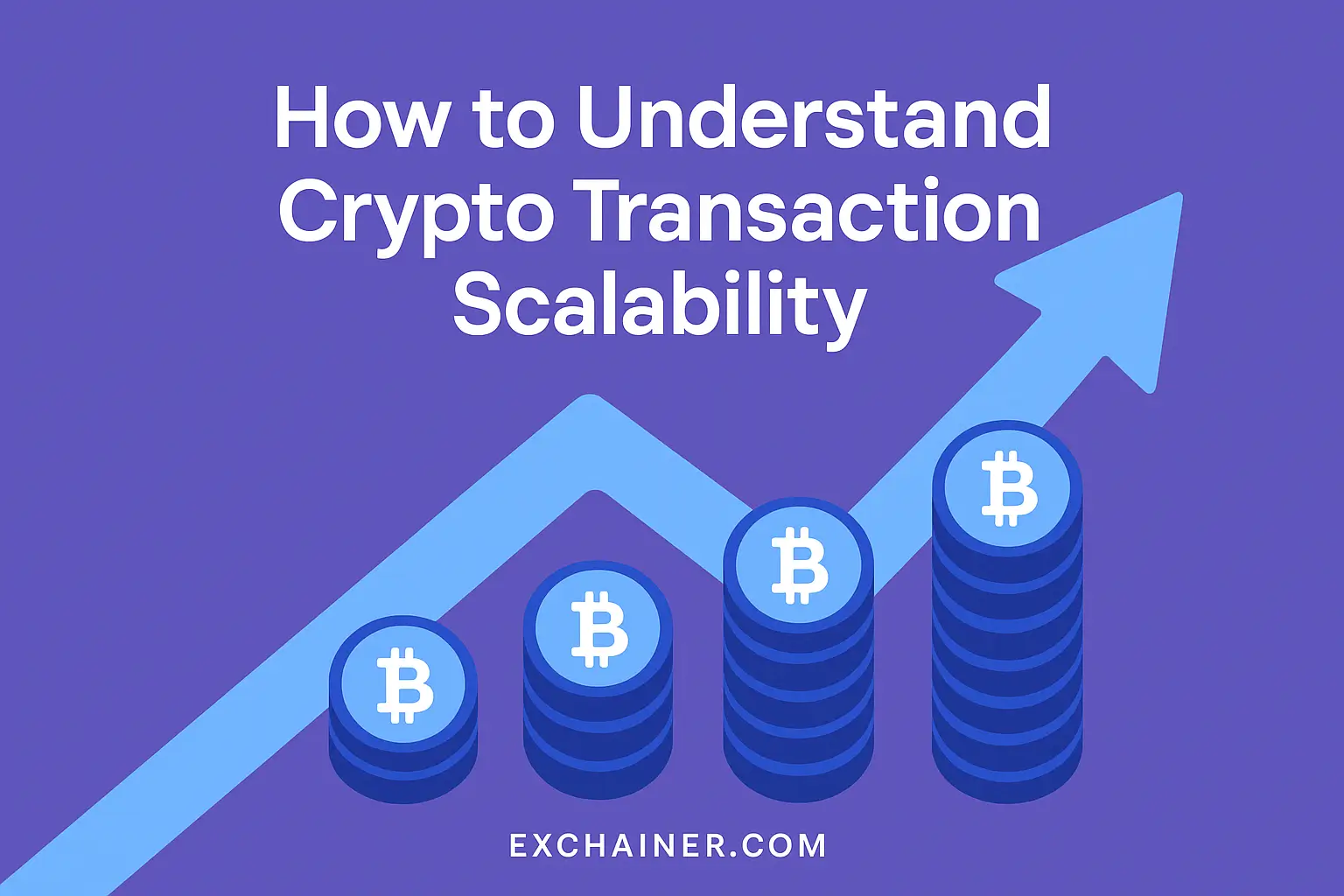Friends, if you’ve ever dipped your toes into the vibrant world of cryptocurrencies, you might have stumbled upon the term market liquidity. But what does it really mean, and why does it matter so much in the crypto space? Understanding market liquidity can be like having a secret weapon—a tool that shapes your trading experience, impacts your buying power, and influences the overall health of crypto markets. Whether you’re a complete beginner curious about the basics or someone looking to sharpen your trading savvy, this guide will walk you through the concept of market liquidity in a way that’s easy to grasp and packed with practical insights.
In the simplest terms, market liquidity refers to how easily you can buy or sell an asset—like Bitcoin, Ethereum, or any other digital currency—without causing dramatic price changes. The more liquid a market is, the faster and smoother those transactions happen, and usually, with less cost. Since cryptocurrencies run 24/7, unlike traditional stock markets, understanding liquidity becomes even more crucial.
Imagine trying to sell a rare collectible—if there aren’t many buyers interested, you might have to drop the price significantly to attract one. Crypto trading works much the same way if the market lacks liquidity. On the other hand, in a highly liquid market, buyers and sellers are plentiful, prices stay stable, and trading feels seamless. Market liquidity is the heartbeat of crypto exchanges and directly affects your ability to enter or exit trades at desirable prices.
What Is Market Liquidity in Cryptocurrency?
Let’s kick things off by breaking down market liquidity in the context of digital currencies. In traditional finance, liquidity is often defined by how quickly and easily an asset can be converted into cash without losing its value. In the crypto world, instead of cash, liquidity means how readily cryptocurrencies can be traded for other coins or fiat money (like USD or EUR) with minimal price impact.
Think of crypto market liquidity as the “flow” of trades occurring for a specific crypto asset. If hundreds or thousands of trades happen every minute at prices close to the current market rate, liquidity is high. If trades are sparse or prices swing wildly due to a single large order, liquidity is low.
Why Market Liquidity Matters for Crypto Traders
Good liquidity ensures:
– Quick execution of trades: Your orders get filled faster.
– Stable prices: Less slippage (explained in a bit).
– Fair pricing: Close to the real market value.
– Lower spreads: The gap between buying and selling price is narrow, saving you money.
On the flip side, poor liquidity can lead to unexpected losses, difficulty exiting positions, and a generally frustrating trading experience. For beginners, this can be overwhelming, but with a bit of knowledge, you can learn to spot and manage liquidity risks effectively.
How to Measure Market Liquidity in Crypto?
Measuring liquidity might sound complicated, but some simple indicators and tools can give you a clear picture:
1. Trading Volume
One of the primary measures is the daily trading volume — the total amount of coins or tokens traded within 24 hours. Large volume usually signals healthy liquidity. For example, Bitcoin typically has high daily volumes, contributing to its high liquidity.
2. Order Book Depth
Order books show real-time buy and sell orders on exchanges. A deep order book means many buy and sell offers at various price levels, pointing toward strong liquidity. Thin order books indicate few orders and higher risk.
3. Bid-Ask Spread
The difference between the highest price a buyer is willing to pay (bid) and the lowest price a seller wants (ask) is crucial. A smaller spread means higher liquidity. For instance, BTC/USD pairs often have spreads as tight as a few dollars, while smaller altcoins may have spreads of several percentage points.
4. Slippage
Slippage happens when your trade executes at a different price than expected due to insufficient liquidity. High slippage signals low liquidity and can eat into your gains or amplify losses. Monitoring slippage on your orders helps you understand market liquidity conditions.
Practical Example: Buying a Mid-Cap Altcoin
Suppose you want to buy 10,000 tokens of a mid-cap altcoin. If the market is liquid, your order will be fully executed at or near the current price without impacting it significantly. If liquidity is low, your large buy order might push the price up sharply, resulting in paying more than anticipated—a classic case of slippage.
Factors That Influence Crypto Market Liquidity
Several factors determine why some crypto markets are liquid and others struggle with scarcity of buyers and sellers:
1. Market Popularity and Size
Large-cap cryptocurrencies like Bitcoin and Ethereum enjoy high liquidity because millions trade them daily. Smaller tokens tend to be less liquid.
2. Exchange Listings and Accessibility
The more exchanges a crypto operates on, especially top-tier ones, the easier it is to find trading partners and maintain liquidity.
3. Trading Pairs
A wider variety of trading pairs (BTC, ETH, USDT, USD, etc.) on exchanges contributes to liquidity by offering more routes to buy or sell assets.
4. Market Stability and News
During price crashes or surges, liquidity might dry up as traders hesitate or rush to act. Positive news can attract liquidity, while negative news can scare it away.
5. Decentralized Finance (DeFi) and Liquidity Pools
DeFi projects often rely on liquidity pools—smart contracts where users lock assets to enable trading. These pools incentivize participants with rewards (yield farming), boosting liquidity beyond traditional order books.
Tips to Navigate Market Liquidity in Your Crypto Trading
Understanding liquidity is great, but how do you use this knowledge daily? Here are some friendly tips:
Monitor Volume and Spreads
Before placing a trade, check the 24-hour volume and current bid-ask spreads. If volume is low and spreads are wide, adjust your strategy accordingly.
Use Limit Orders Instead of Market Orders
Market orders execute immediately but can suffer slippage on illiquid markets. Using limit orders lets you set your price and wait for the market to meet it.
Trade on Reputable Exchanges
Top exchanges usually have higher liquidity. For beginners, sticking to these platforms (like Binance, Coinbase, or Kraken) reduces the risk of poor liquidity trading conditions.
Beware of Pump-and-Dump Schemes
Low liquidity markets are often targets for manipulation. If a coin’s price jumps drastically without strong fundamentals or news, be cautious.
Explore DeFi Opportunities
If you’re adventurous, interacting with liquidity pools on platforms like Uniswap or Sushiswap can provide insights into how liquidity works and possibly earn rewards.
How Market Liquidity Impacts Crypto Price Stability and Your Trading Success
Liquidity doesn’t just affect your trade entry and exit speed—it also plays a major role in price stability. More liquid markets tend to have less volatile prices because large trades don’t push the price up or down dramatically. Conversely, low liquidity markets are prone to sharp swings caused by big orders or sudden news.
Here’s something to consider: On smaller exchanges with poor liquidity, you might see wild price swings that don’t reflect the broader market. This is known as price manipulation or market volatility. Being aware of liquidity can save you from getting caught in such traps.
As Warren Buffett famously said, “Be fearful when others are greedy, and greedy when others are fearful.” Understanding liquidity helps you gauge market mood and make smarter decisions, especially in turbulent times.
Real-World Impact: Liquidity Crisis Example
During early 2021’s crypto bull run, some altcoins on smaller exchanges saw massive price spikes due to limited liquidity and hype, only to crash shortly after. Traders who ignored liquidity risks often suffered heavy losses. This example highlights why liquidity awareness should be a non-negotiable part of your strategy.
Conclusion: Becoming Confident with Crypto Market Liquidity
Friends, mastering the concept of market liquidity is like unlocking a new level in your crypto journey. Not only does it help you understand why prices move the way they do, but it also empowers you to trade smarter, avoid costly mistakes, and spot opportunities others might miss.
Remember, liquidity reflects the ease of buying and selling crypto assets. High liquidity means smoother, more predictable trading conditions with less slippage and tighter spreads. Low liquidity should signal caution, encouraging you to use tools like limit orders and to trade on reputable exchanges with better volume.
Starting with this foundational knowledge opens doors to deeper crypto exploration. Whether it’s diving into Crypto 101 for beginners, checking out detailed exchange reviews to find where liquidity thrives, or exploring tools and wallets that can boost your trading efficiency, there’s a wealth of resources waiting for you.
So, are you ready to put your newfound liquidity insights into practice? Dive in, stay curious, and watch your crypto confidence soar!
For deeper exploration on trading strategies and crypto education, don’t forget to visit Exchainer.com’s other categories: Crypto 101, Exchange Reviews, and Tools and Wallets.
External resources:
For real-time market data and advanced liquidity metrics, check out CoinMarketCap and explore project websites directly for detailed token economics.

